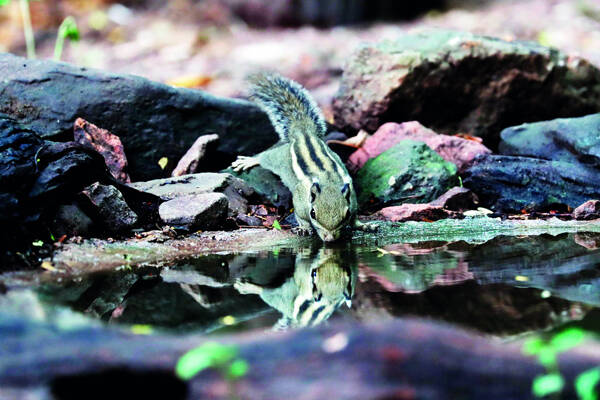
Tamiops macclellandiHorsfield
Tamiops macclellandiHorsfield,MíngWénHuāShǔ
The chipmunk lives in tropical and subtropical forests. It is diurnal and us···
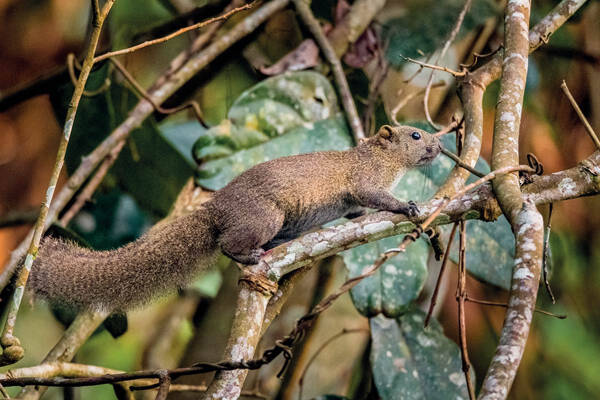
Callosciurus inomatus
Callosciurus inomatus,
Indochinese squirrels are arboreal animals, distributed in southern Yunnan (···
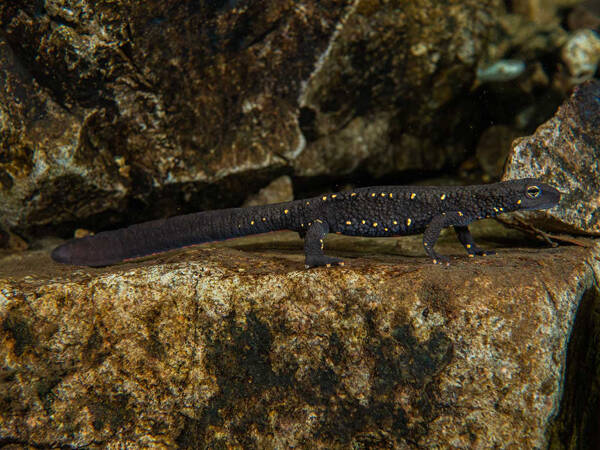
Paramesotriton aurantius
Paramesotriton aurantius
The orange-backed newt is an amphibian of the family Salamandridae and the g···
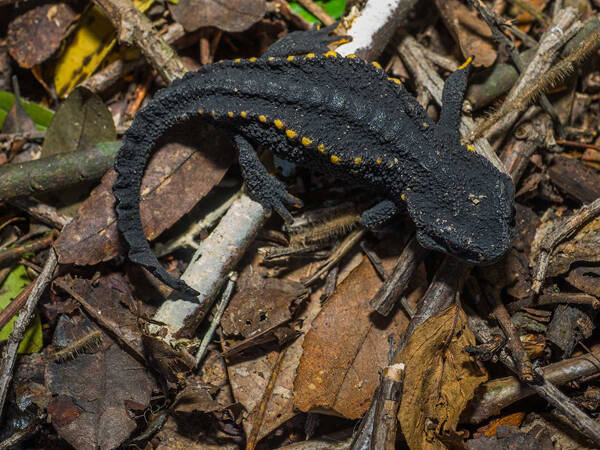
Echinotriton maxiquadratus
Echinotriton maxiquadratus
The alpine Acanthus salamander is an amphibian of the family Salamandridae a···
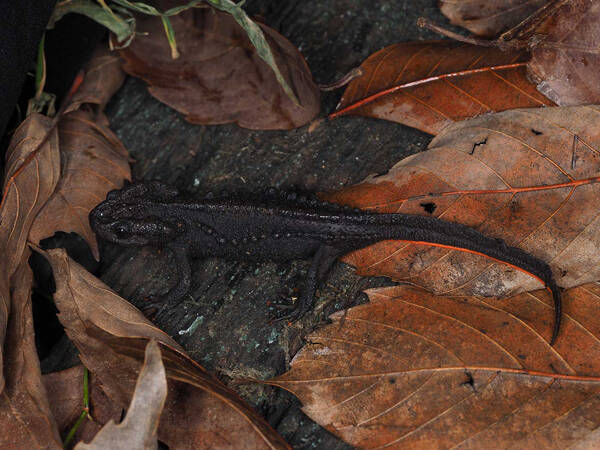
Yaotriton ziegleri
Yaotriton ziegleri
Cai's Yaoteng is an amphibian of the family Salamandridae and genus Yaot···
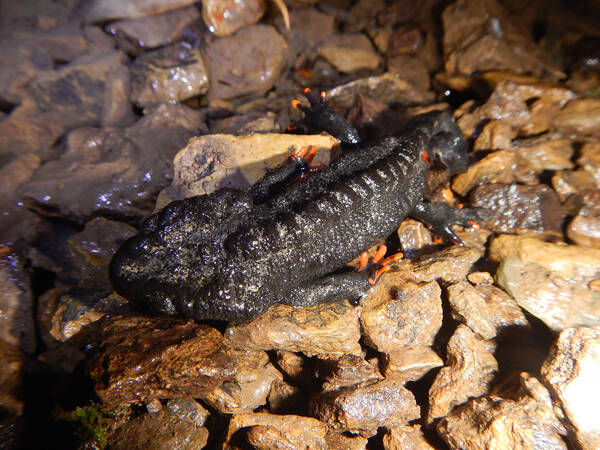
Yaotriton wenxianensis
Yaotriton wenxianensis,
Wenxian Yaoteng is an amphibian of the family Salamandridae and genus Yaoten···
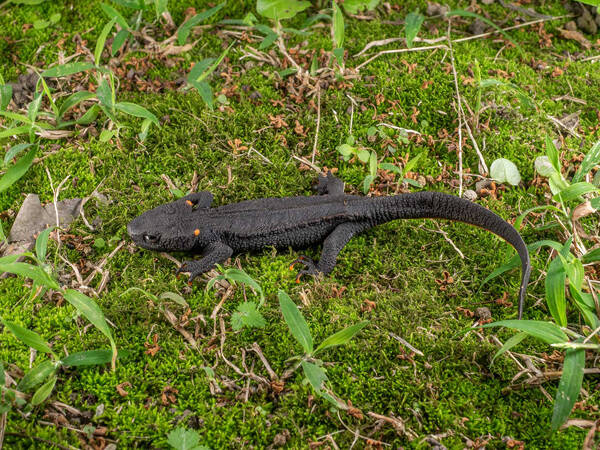
Yaotriton lizhenchangi
Yaotriton lizhenchangi
The Mangshan Yaoteng is an amphibian of the family Salamandridae and the gen···
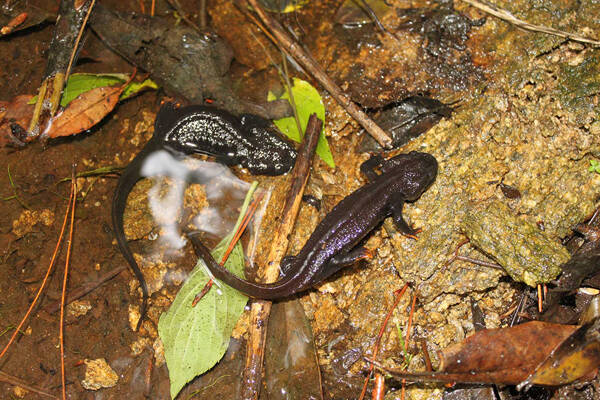
Yaotriton liuyangensis
Yaotriton liuyangensis
Liuyang Yaozhi is an amphibian of the family Salamandridae and genus Yaozhi.···
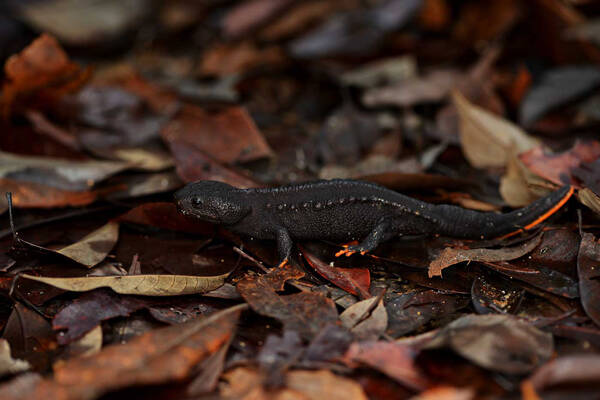
Yaotriton hainanensis
Yaotriton hainanensis
Hainan Yaoteng is an amphibian of the family Salamandridae and the genus Yao···
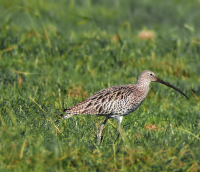
Numenius arquata
Numenius arquata,Eurasian Curlew,Curlew
There are two subspecies, Eurasian Curlew.It is a summer migratory bird in n···
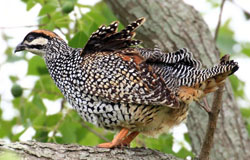
Francolinus pintadeanus
Chinese partridge, Yue pheasant, Huainan
Chinese partridges like to move in secondary forests, low shrub forests, and···
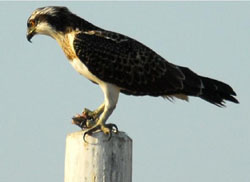
Pandion haliaetus
Osprey, fish eagle, fish eagle, fish eagle, fish hawk
Osprey is a relatively large bird of prey that lives near water bodies and l···
